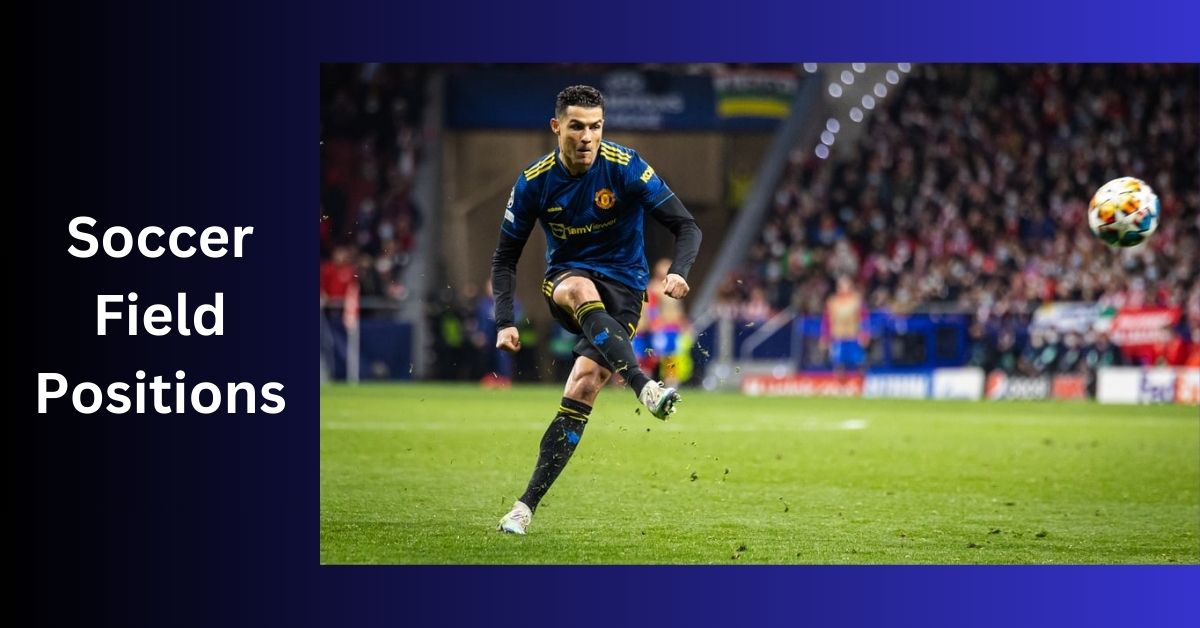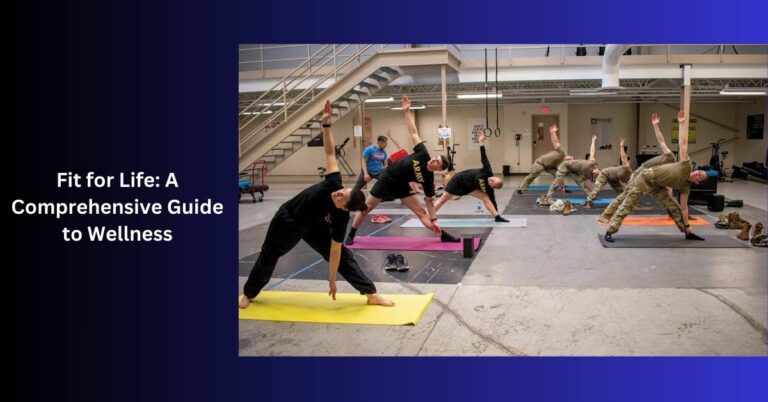Soccer Field Positions – Know to Play!
For people fond of games, it is crucial to know the positions suited for every game. Here is a complete guideline for you to adopt while playing soccer.
The best soccer position depends on individual strengths and preferences; forwards enjoy goal-scoring, while midfielders balance offense and defense.
Come ahead and have in-depth knowledge of the soccer positions.
How Many Positions Are There in the Soccer Field? – The Brief Guidebook!
In soccer, a standard team typically fields 11 players, each strategically positioned to fulfill specific field roles.
Understanding these positions is crucial for players and spectators alike to grasp the game’s dynamics.
The team composition is divided into three main segments: defense, midfield, and forward. Defenders work to protect the goal and prevent the opposing team from scoring.
Midfielders play a vital role in linking the game’s defensive and offensive aspects and controlling the flow of play.
Forwards focus on scoring goals and putting pressure on the opposing team’s defense.
The goalkeeper is uniquely positioned to act as the last line of defense. They are critical to stopping shots on goal and organizing the defensive line.
The number and arrangement of players in each segment may vary based on the team’s strategy and formation, providing flexibility for coaches to adapt to different game situations.
For example, a typical formation is 4-4-2, with four defenders, four midfielders, and two forwards deployed.

However, numerous formations exist, such as 4-3-3 or 3-5-2, each with tactical advantages.
The game’s beauty lies in the intricate interplay between these positions, creating a dynamic and fluid spectacle on the soccer field.
What Are the Positions? Exclusively Explained!
1. The Goalkeeper:
The goalkeeper, regularly called the goalie or keeper, is an important function on the football field. Positioned in the goal area, the goalkeeper’s primary responsibility is to prevent the opposing team from scoring.
They use their hands within the penalty area but are limited. Goalkeepers are pivotal in organizing the defensive line, communicating with teammates, and making critical saves to keep the opposing team at bay. Their agility, reflexes, and decision-making skills are essential for the team’s defensive strategy.
2. Right, Fullback:
The right fullback, commonly known as the right-back (RB), is positioned on the defensive line, specifically on the right side of the field.
This player has a dual role of defending against opposing attacks and supporting offensive plays. Right-backs are often known for their speed, stamina, and defensive skills.
They work with the right midfielder or winger to create overlaps and provide additional options during attacking maneuvers.
Their ability to deliver accurate crosses into the penalty area adds a dynamic dimension to the team’s offensive strategy.
3. Left Fullback:
Like the right fullback, the left fullback, or left-back (LB), is stationed on the left side of the defensive line. Left-backs share the responsibilities of defensive play and supporting the attack.
They are adept at tackling, intercepting passes, and engaging in one-on-one duels with opposing players.
Left-backs also contribute to offensive plays, overlapping with left midfielders or wingers to create width and offer additional options during attacks.
Their versatility and ability to transition between defensive and offensive roles make them integral components of a well-balanced team that is also popular on the Velcro Breakaway banner.
4. Center Back:
The Center Back, often called a central defender, is critical in soccer’s defensive line. Positioned in the central part of the defensive formation, their primary role is to thwart opposing attacks and safeguard the team’s goal.
Center backs require a combination of physical prowess, tactical awareness, and strong communication skills. They are crucial in organizing the defensive line, marking opposing forwards, and intercepting passes.
Additionally, center backs are instrumental in initiating build-up play from the back, distributing the ball strategically to launch offensive movements.
5. Center Midfield:
The Center Midfield position is strategically located in the middle of the soccer field, acting as the engine that links defensive and offensive plays.

Players in this position are often referred to as midfield maestros, responsible for controlling the game’s tempo. Their duties include ball distribution, breaking down opponent attacks, and facilitating transitions from defense to attack.
Center midfielders need a diverse skill set, including passing accuracy, vision, and defensive capabilities.
Their ability to read the game, make quick decisions, and contribute defensively and offensively makes them pivotal figures in shaping the team’s overall strategy.
6. Right Midfield/Wing:
The Right Midfield or Wing position is situated on the right side of the midfield and often involves a combination of defensive and attacking responsibilities.
Players in this position, commonly known as wingers, use their speed and skill to advance the ball along the right flank.
Wingers are vital in delivering accurate crosses into the opposition’s penalty area, creating goal-scoring opportunities for forwards.
Additionally, they play a role in tracking back defensively, providing support to the right-back, and disrupting opposing attacks on their side of the field.
7. Forward:
Forwards are the attacking spearhead of a soccer team, positioned near the opponent’s goal to score goals.
They are tasked with capitalizing on goal-scoring opportunities created by teammates and using their creativity to unlock stubborn defenses.
There are different types of forwards, including center forwards and second strikers, each with specific roles.
Enter forwards focus on scoring goals, often serving as the primary target in the penalty area, while second strikers contribute both as playmakers and goal-scorers.
Forwards require a combination of agility, finishing ability, and tactical awareness to navigate the complexities of the opponent’s defense and contribute to the team’s offensive prowess.
8. Left Midfield/Wing:
Similar to the Right Midfield/Wing position, the Left Midfield or Wing role involves operating on the left side of the midfield. Players in this position, called left-wingers, bring unique skills to the team.
They use their agility and ball control to navigate the left flank, providing width to the team’s attacking play. Left-wingers are crucial in delivering accurate crosses, creating goal-scoring opportunities, and often cutting inside to take shots on goal.
Defensively, they contribute by tracking back and helping the left-back contain opposing attacks on their side of the field.
Read more: Profit Peaks: Top Investment Tactics for Beginners
Which One is the Best Position to Play? – Explore in Detail!
Determining the best soccer position depends on an individual’s skills, preferences, and physical attributes. Each work on the field demands specific qualities, and what might be ideal for one player may not suit another.
The forward position could appeal to those who enjoy being at the forefront of goal-scoring opportunities. Strikers get the chance to showcase their goal-scoring prowess and creativity.
Midfield positions, such as center midfield, offer a balance between offense and defense, requiring players with solid passing abilities and strategic vision.
Center backs are crucial in thwarting opponent attacks and initiating build-up play on the defensive end.
Ultimately, the best position is subjective and aligns with a player’s strengths and style.
The Key Skills to Play Soccer – Learn Professionally!
Playing soccer effectively requires a combination of critical skills contributing to field success. One fundamental skill is passing accuracy, as players must distribute the ball efficiently to maintain possession and create goal-scoring opportunities.

Dribbling, the ability to maneuver the ball past opponents, is another vital skill that enhances a player’s offensive capabilities. Defensive skills, including tackling and intercepting passes, are essential for players in defensive roles like center-back.
Ball control is crucial for all positions, enabling players to receive and maintain possession smoothly.
Additionally, situational awareness and communication skills are vital for effective teamwork, allowing players to coordinate movements and respond to the game’s dynamic nature.
Mastering these essential skills ensures a well-rounded player capable of significantly contributing to their team’s success on the soccer field.
Frequently Asked Questions:
1. Which position balances offense and defense in soccer?
Center midfield, offering a strategic mix of both, has extraordinary aspects.
2. Are defensive skills crucial in soccer, and if so, which position highlights them?
Yes, center backs are vital in defense, thwarting opponent attacks. These are the best and easiest to choose positions.
3. What fundamental skills contribute to success in soccer?
Essential skills include passing accuracy, dribbling, defensive tactics, and ball control. Expats in these skills are best in the field of soccer.
4. Is situational awareness critical in soccer, and why?
Yes, it enhances teamwork and enables players to respond dynamically during the game; hence, it is essential.
Conclusion:
The ideal soccer position varies based on individual strengths and preferences—goal-scoring enthusiasts often favor forward roles, while midfielders excel in balancing offense and defense.
Read more:






